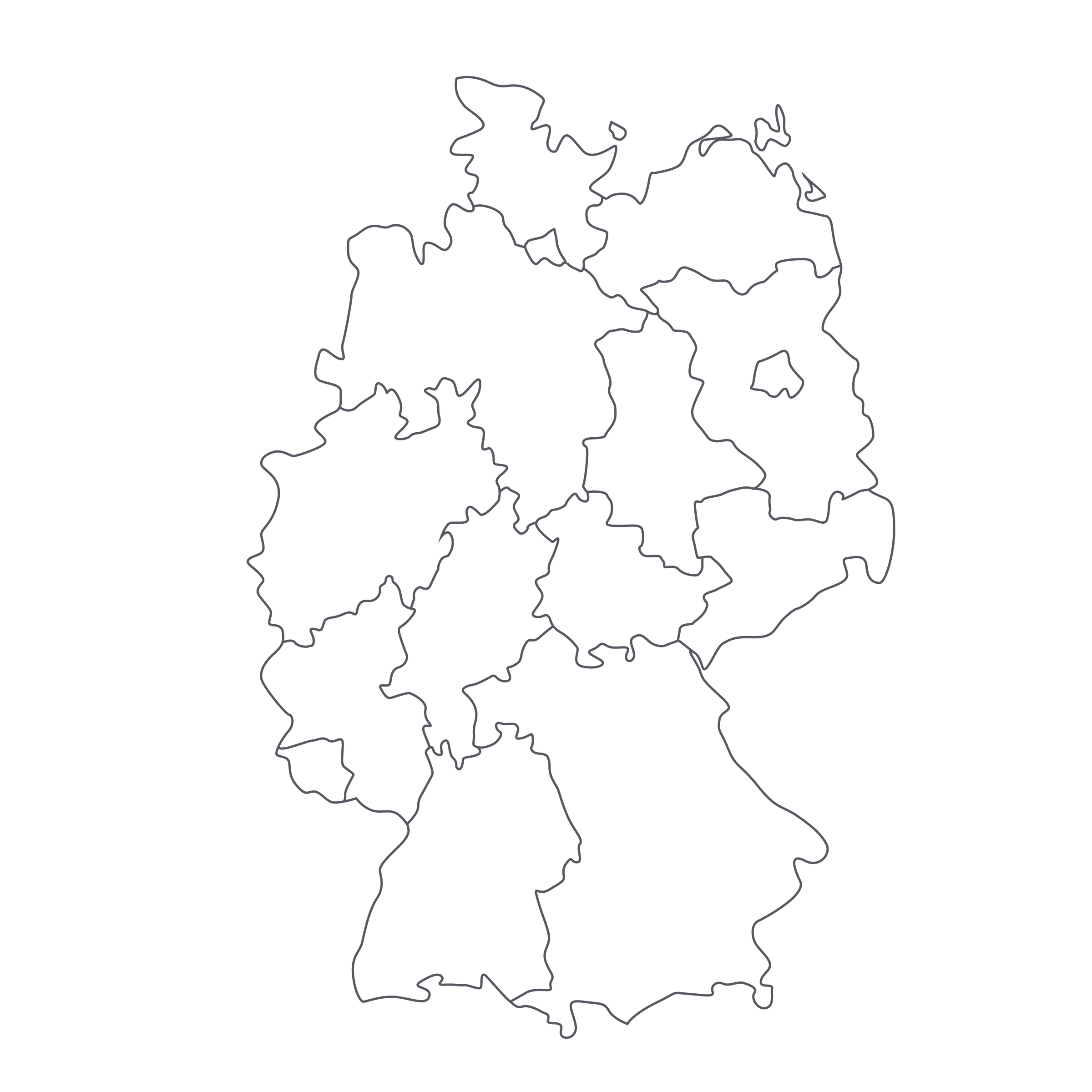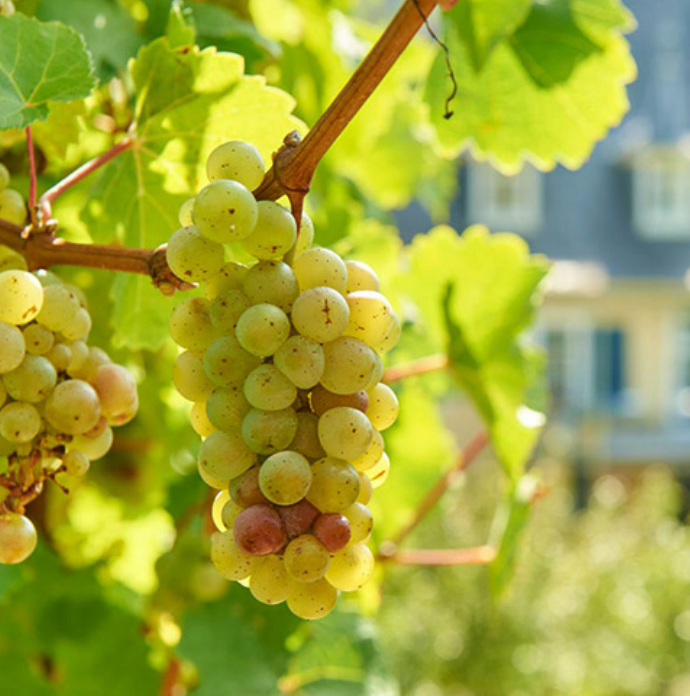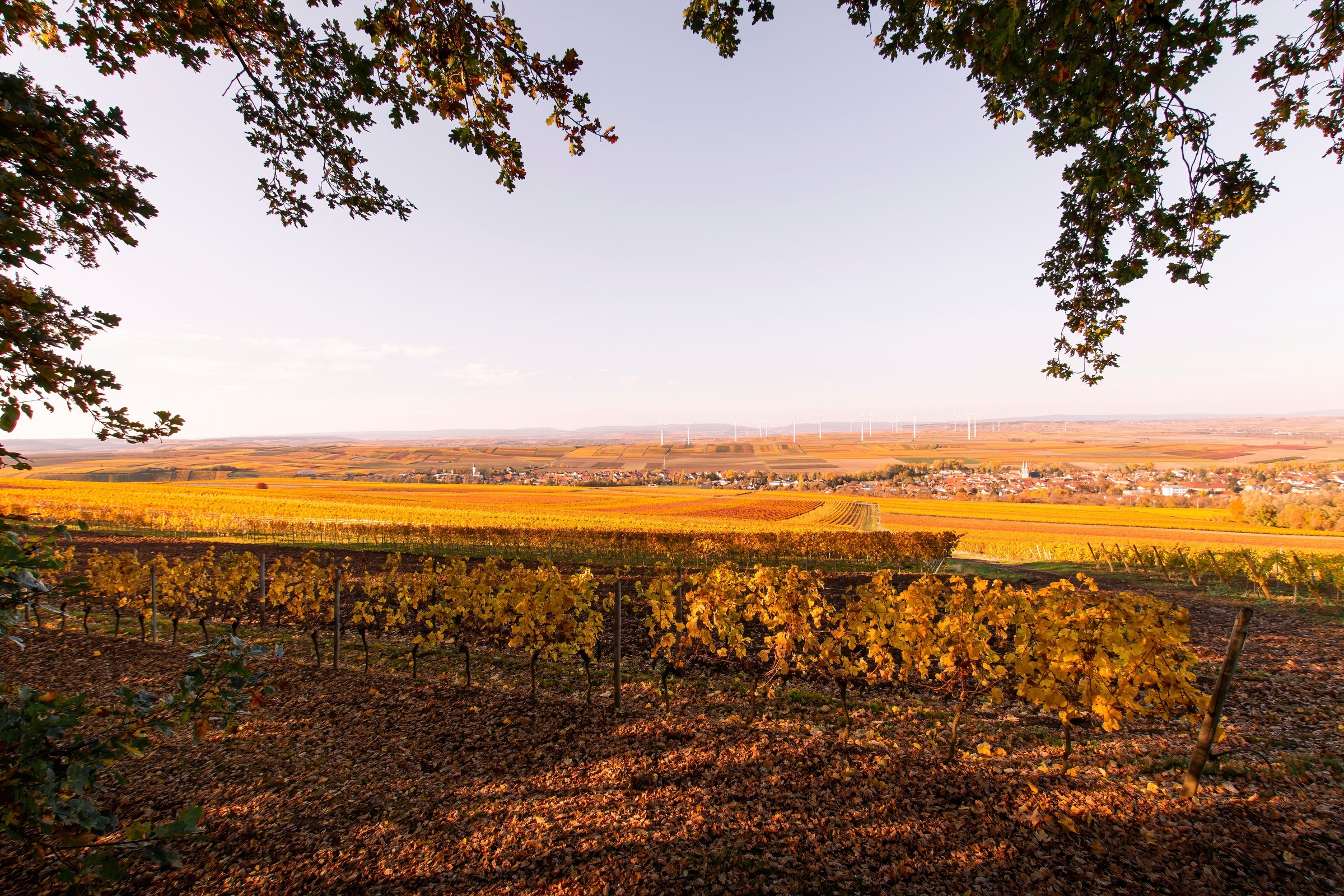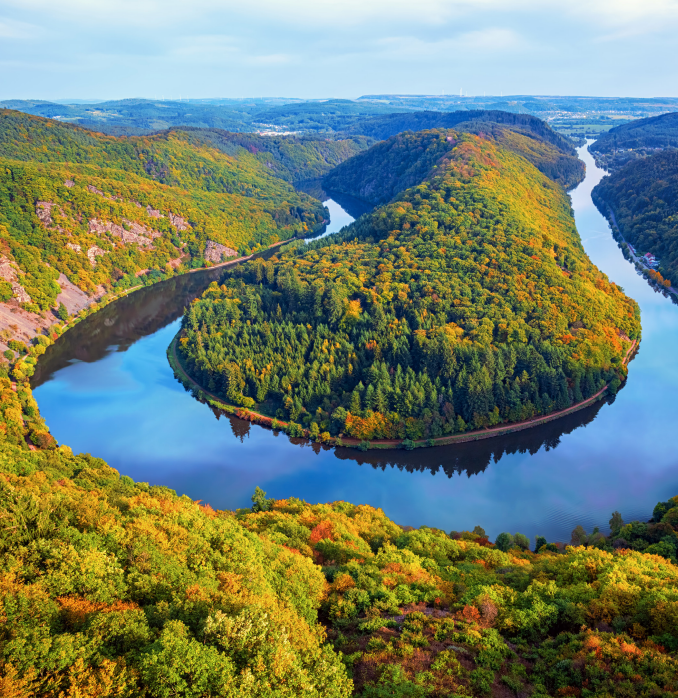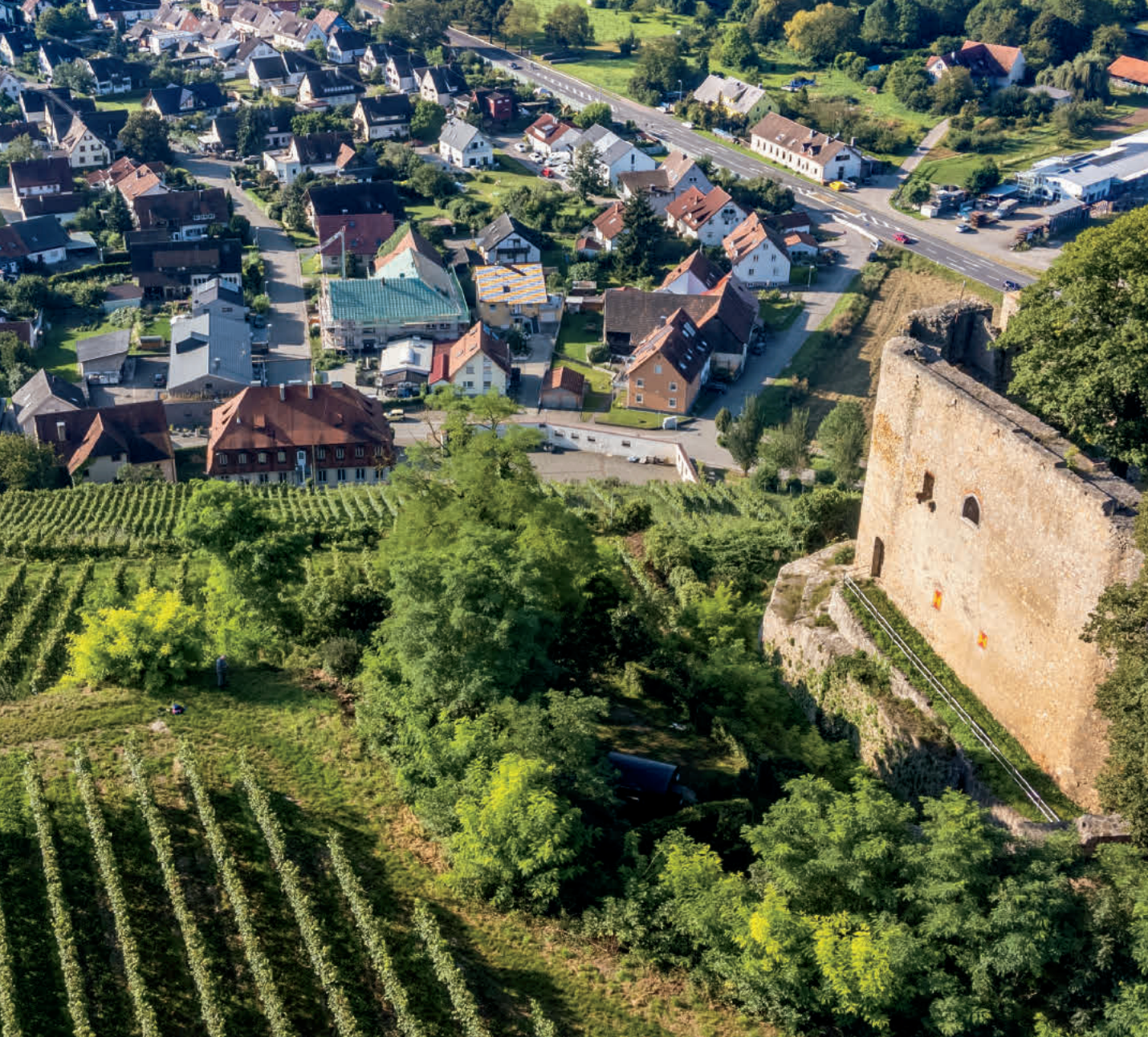After six years in business, I figured we had touched on all the world’s must-know, must-have producers by now. But somehow, the legendary Dr. Bürklin-Wolf—world-renowned creator of some of Germany’s very best dry Rieslings—is making its first-ever appearance on SommSelect. Given how much I treasure these wines, and dry German Riesling in general, all I can say is that I’m sorry for the wait.
As is typical of my favorite German wines, this one draws on fathoms-deep family history and perfectly placed, biodynamically farmed vineyards to deliver incomparable value-for-dollar. Today’s 2017, from vineyards in the village of Ruppertsberg, in the heart of the Pfalz growing zone, is the perfect way to acquaint (or re-acquaint) our subscribers with this all-time German great. Although the estate’s history in the Pfalz goes back more than 400 years, its modern era has been defined by the thoughtful, passionate stewardship of Bettina Bürklin von Guradze, an early adopter of biodynamics who became the first German member of the French organization Biodyvin. Her prowess with Riesling
trocken (dry) is well-documented, as exemplified by the words of critic Joel Payne in
Vinous, who proclaimed that “this may well be the best and most consistent producer of great dry Riesling in the world.” I couldn’t agree more, and I’m thrilled to get this mouth-watering, value-maximizing bottle in the hands of our subscribers.
The focus on dry styles is one of the calling cards of Bettina Bürklin von Guradze, who took over management of her family’s historic property from her father, Dr. Albert Bürklin, in 1990. Fresh from the acclaimed Geisenheim University at that time, Bettina immediately began converting all viticulture to biodynamics, investing in new equipment, and crafting Rieslings that were not only mostly dry but followed the “Burgundian” model in terms of their vineyard-centric crafting and terminology. The estate includes some 80 hectares of vineyards in the villages of Wachenheim, Forst, Deidesheim, and Ruppertsberg, of which a dizzying array are classified as Erste Lage (“Premier Cru”) or Grosses Gewächs (“Grand Cru”).
Today’s 2017 is a “village” bottling (Ortswein) from an assortment of sites in the town of Ruppertsberg, including some fruit from their erste lage and grosses gewächs holdings there. These sites have been farmed biodynamically since 2005 and produce grapes of beautifully balanced ripeness, creating Rieslings that combine substantial texture with electrifying acidity—the mark of great German Riesling, be it dry or off-dry. Hand-harvested grapes are ‘whole-cluster’ pressed into a 50%-50% mix of stainless steel tanks and large (2,400-liter) wooden vats for both fermentation and aging.
The result is a crystal-clear expression of Riesling with some significant body to it: the Pfalz is relatively warm and dry compared to many other famed German growing zones, experiencing a similar “rain shadow” effect to the one in France’s Alsace (in the Pfalz’s case, it’s the Haardt Mountains, of which Alsace’s Vosges are a southern extension). Soils in Ruppertsberg are predominantly sandy loams with some
loess (silt), lending this wine a more fruit-driven personality than some of Bürklin-Wolf’s other bottlings. In the glass, it’s a bright yellow-gold with flecks of green and silver, with powerful aromas of white peach, pear, citrus blossoms, and even some tropical fruits along with wet stones, wildflower honey, and petrol. Medium-bodied and generous on the mid-palate, it cleans up beautifully on the dry, stony finish, igniting the salivary response and demanding you take a bit of food before the next sip. While it is clearly a dry wine, there is a perfectly modulated touch of residual sugar that make this an especially delicious choice for spicy Asian cuisine. Serve it at 45-50 degrees in all-purpose white wine stems with a Vietnamese-style stir-fry and—sorry, I can’t resist—that’s just what the doctor ordered! Enjoy!


